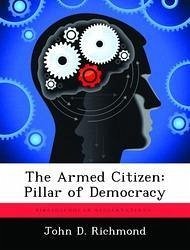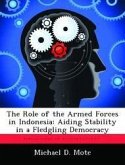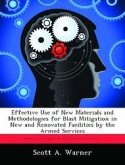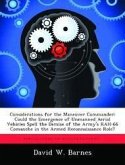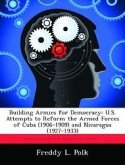This paper focuses on the armed citizenry and how they contribute to the establishment of democracy; its resilience, and longevity. My method is to examine the Twentieth century example of Nicaragua and the rise to power of the Sandinistas. The Sandinistas believed in the power of the armed citizenry as a key resource in their success. They also understood that the formation of a new government did not ensure success. While the armed populace had been critical in the rise of the Sandinistas to power, the ruling Junta realized that a counter-revolution would surely follow - and it did in the form of the contras or "freedom fighters" that were clandestinely supported by the United States throughout the 1980s. Though monetarily "outgunned" and less sophisticated than the United States, the armed citizenry led by the Sandinistas were able to survive the counter-revolution. In the 21 years leading up to the new millenium, the people of Nicaragua have accomplished much: they removed the burden of the Somoza regime; withstood a Counter-revolution supported by the United States; and have went on to hold popular elections that resulted in the peaceful transfer of power.
Hinweis: Dieser Artikel kann nur an eine deutsche Lieferadresse ausgeliefert werden.
Hinweis: Dieser Artikel kann nur an eine deutsche Lieferadresse ausgeliefert werden.

